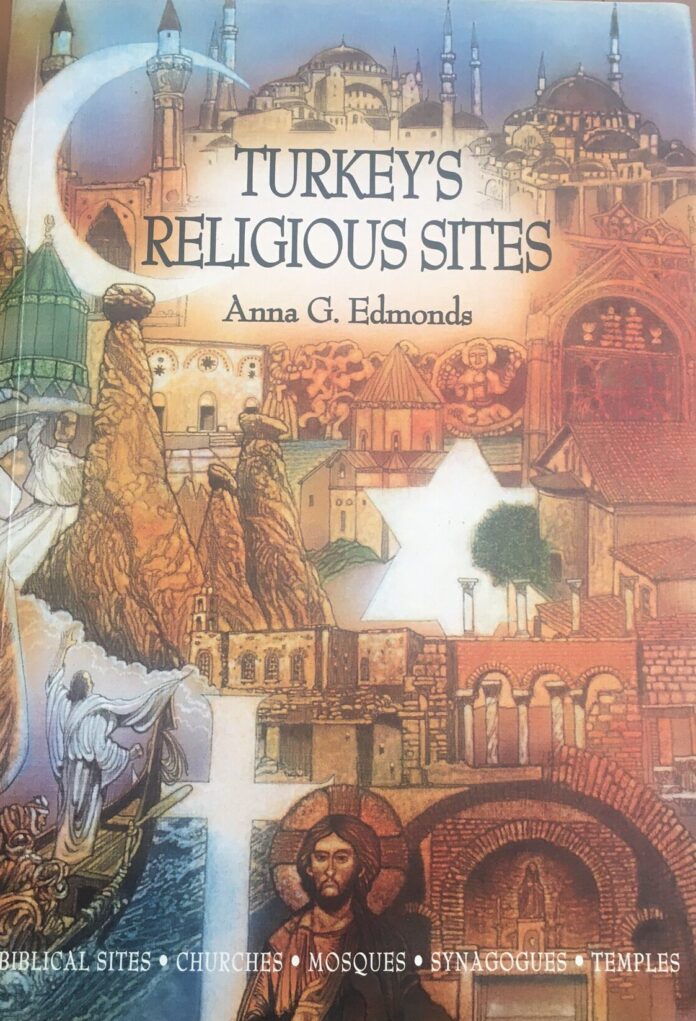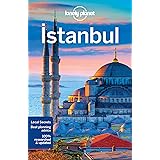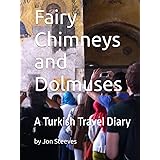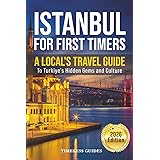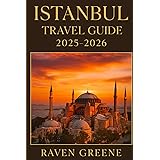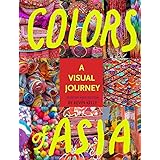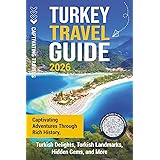Turkey has lots of places that have had continuing and diverse religious interest from very earliest times. This is a land of great physical beauty and great natural resources, making it also land greatly desired by many people. From the beginning, it has been a bridge, crossroads, a place of vintage, challenging people to envision new and more complex concepts in political, social, artistic, and religious terms. In spite of both the beauty and harshness of the land, the generations who have lived here have contributed a remarkable degree of understanding of life and toleration for each other’s faith. Because of their records, we can appreciate the power, the symbolism, and the commonality of our ancestors’ responses.
Hoş geldiniz to Turkey; may your visit be pleasant and in peace.
Turkey is a land of great physical beauty and great natural resources, making it also a land greatly valued and desired by many people. From the beginning it has served as a bridge and the crossroads, a theatre, a battle ground, a council chamber and a place of pilgrimage, challenging people to envision new and more complex concepts in political, economic, artistic, and religious terms.
A surprising number of themes and symbols have persisted. The symbol of the earth’s fertility in the figures of the mother Goddess continues in the recognition of human dependence on God’s bounty for food and water. The nagging questions about the reality (and proximity) of an apocalyptic end to life, and the problems of moral standards of conduct are still with us, modified but unresolved. Emblems of the crescent moon, the stars and the cross appear if you’re from the time of the Hittites, now overlaid with Muslim, Jewish and Christian meanings. The history might in a way be compared to a fugue and variations on the search for the divine meaning in the patterns of our lives
Questions with which we began work on this book on this are still with me: What events, what geography – over all, what grace has been a responsible for such a concentration of places and history in Turkey? Is it mere chance that the three great monothestic religions were centered in the Middle East? Did the geographic fertility of northern Mesopotamia influence the intellectual and religious ferment? Does it still? Why have some symbols persisted while others have become meaningless? What have we lost from past civilizations?
I hope that the book may challenge its readers to appreciate the richness of the entire mosaic of culture, imagination, meat, conflict, invention and religious understanding that continues to inform the history of Turkey.
Source: Anna G.Edmonds. Religious Heritage of Turkey

